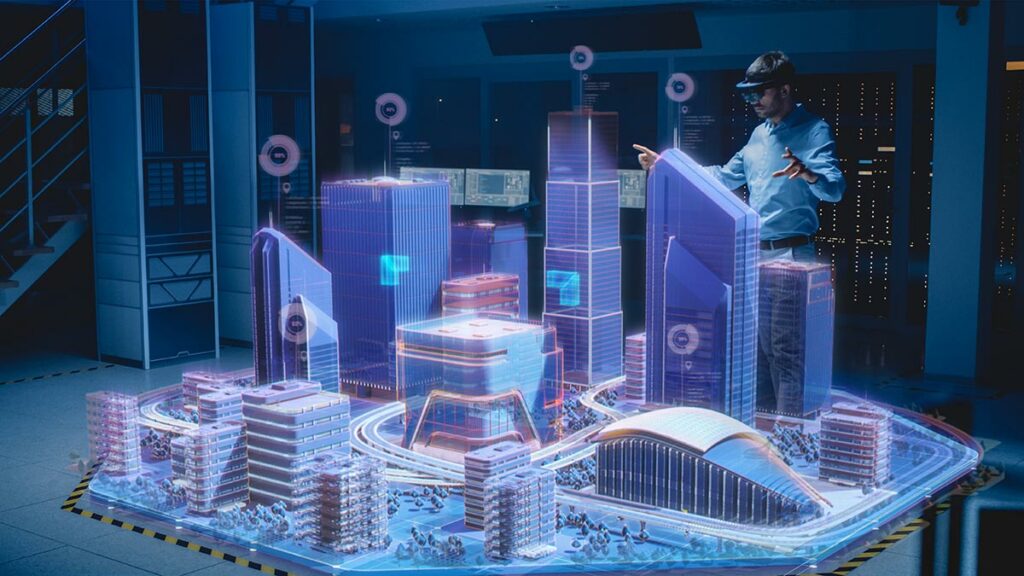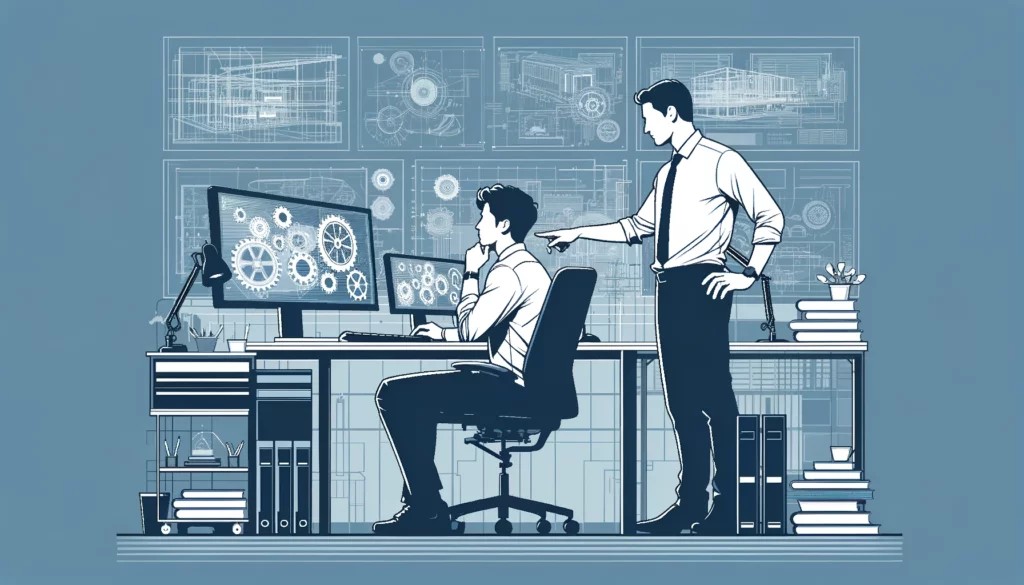The use of virtual reality in architecture is still a relatively new concept. Still, it is quickly gaining ground as more and more architects are beginning to see the benefits it can offer. VR can augment design workflows by providing a more immersive experience that allows for a better understanding of the space being designed. We will discuss how VR is used in the architectural field. We will also explore some of the potential applications of VR that have yet to be explored.

What Is Virtual Reality?
Virtual reality (VR) is a computer-generated simulation of a three-dimensional image or environment that can be interacted with in a seemingly natural or physical way by a person using special electronic equipment, such as a helmet with a screen inside or gloves fitted with sensors. VR is often used in video games, movies, and healthcare applications. It has been used extensively in military training and recently has been employed to provide immersive environments for sports training and entertainment experiences such as roller coasters.
Some VR systems use handheld controllers to interact with the virtual world. In contrast, others allow the user’s body and head movements to be captured so they can be replicated in the virtual environment. The goal of VR is to create simulations that are so realistic that the person interacting with them forgets they are not in the actual environment.
How is Virtual Reality Used To Augment Architectural Design Workflows?
There are many ways VR can be used to augment architectural design workflows. One of the most common applications is for visualizing designs. This allows architects to see how their plans will look in reality and make changes before construction begins. This can save a lot of time and money and improve communication among team members.
VR can also be used for creating prototypes of buildings or products. This can be helpful for testing purposes or for getting feedback from clients. Additionally, VR can be used for marketing purposes, such as giving potential buyers a tour of a property that has not been built yet.
What Are The Benefits Of Using Virtual Reality In Architecture?
There are many benefits to using virtual reality in architecture, such as reducing costs, improving communication, and enhancing the design process. VR can help to reduce costs by eliminating the need for physical models and prototypes. It can also enhance communication among team members by providing a shared experience that can be viewed anywhere. Additionally, VR can enhance the design process by allowing architects to experiment with different designs and materials before construction begins.
What Are Some Potential Applications Of Virtual Reality In Architecture?
There are many potential applications of virtual reality in architecture that have yet to be explored. One possible application is for historical preservation. This could involve creating virtual tours of famous buildings or sites that have been destroyed or are at risk of being lost. Additionally, VR could be used for educational purposes, such as teaching students about the design process or helping them better understand the history of architecture.
Can VR Reduce Errors And Improve Communication?
Virtual reality (VR) technology is increasingly being used in various industries to reduce errors and improve communication. Architectural design is one area where VR can have a significant impact. Using VR, architects can create realistic 3D models of their designs, viewed from any angle and interacted with in real-time.
This allows for a more accurate assessment of the design and makes it easier to communicate the design to clients or other stakeholders. Additionally, VR can be used to create virtual simulations of construction sites, which can plan the construction process and avoid potential errors. In short, VR is a powerful tool that can help to reduce mistakes and improve communication in architectural design.
Will VR Reduce Or Increase Costs?
Virtual reality has the potential to revolutionize the architectural design process. By allowing architects to walk through their designs and realistically experience them, VR can help to identify potential problems and make necessary changes before construction begins. VR can also be used to create realistic simulations of proposed buildings, which can help obtain planning approval.
In addition, VR can be used to create marketing materials that give potential buyers a realistic sense of what a completed project will look like. However, while VR can provide many benefits, it also has the potential to increase costs. The purchase of VR hardware and software can be costly, and there may also be a need for extra staff training. As a result, there is a need to carefully consider the cost-benefit balance before deciding whether or not to incorporate VR into the architectural design workflow.
Final Thoughts
Virtual reality is a powerful tool that is beginning to change the way people think about architecture and the design process. While VR is still in its early stages, it has great potential to augment architectural design workflows and improve communication among team members. As more architects begin to explore the possibilities of VR, we will likely see even more innovative applications of this technology in the future.



